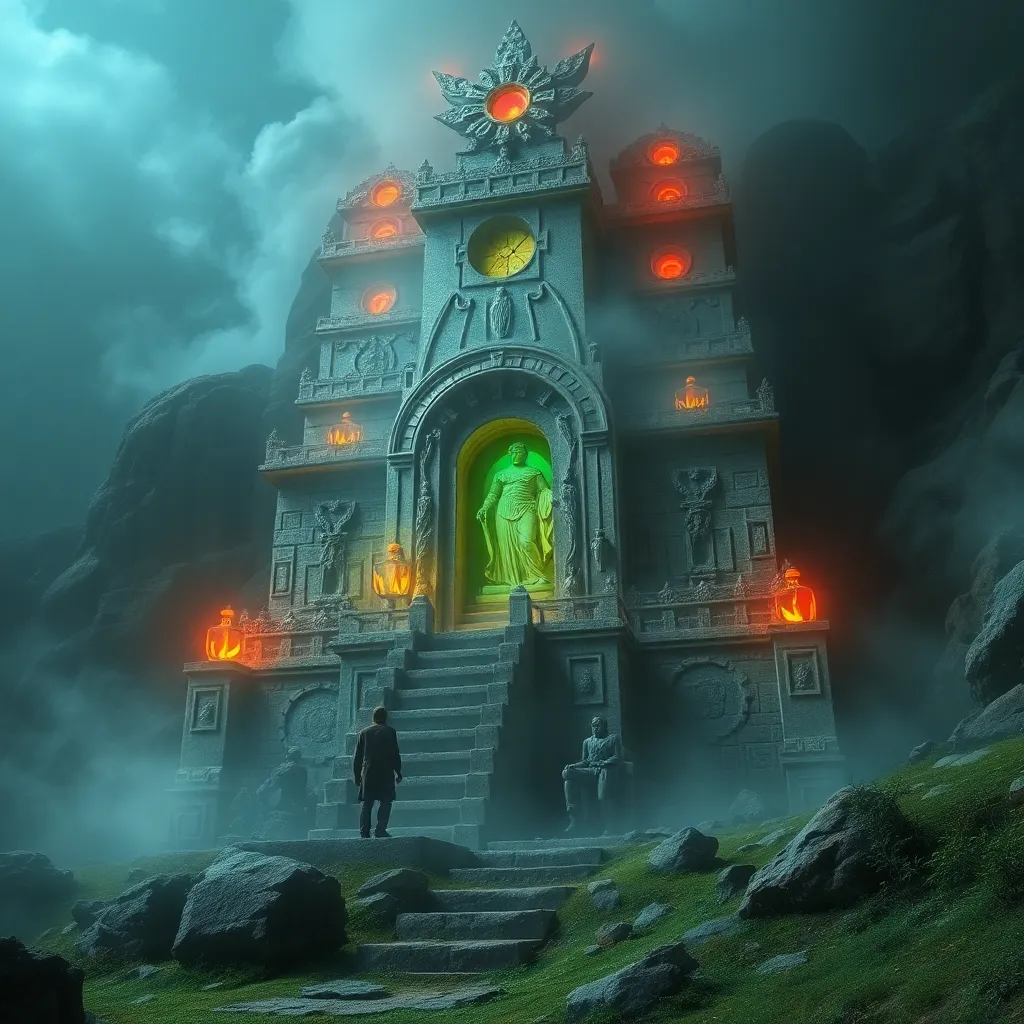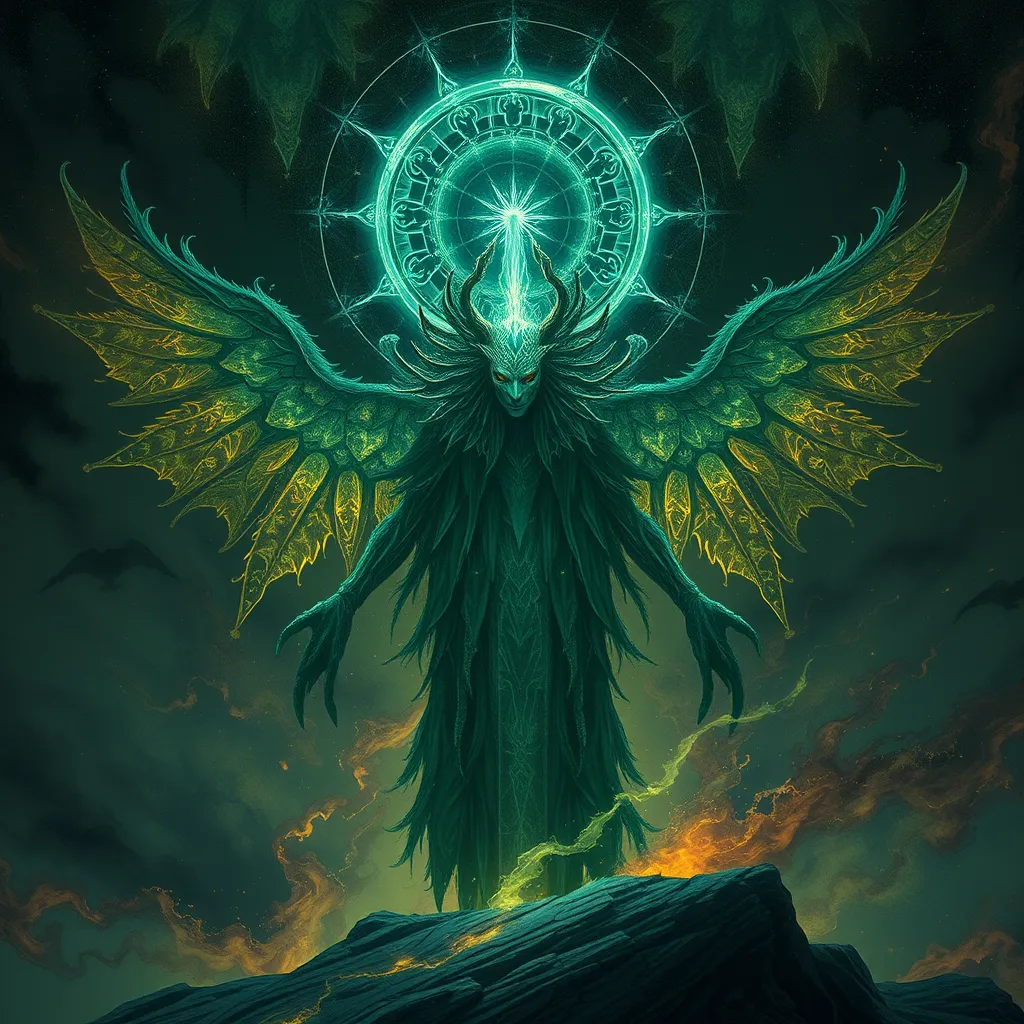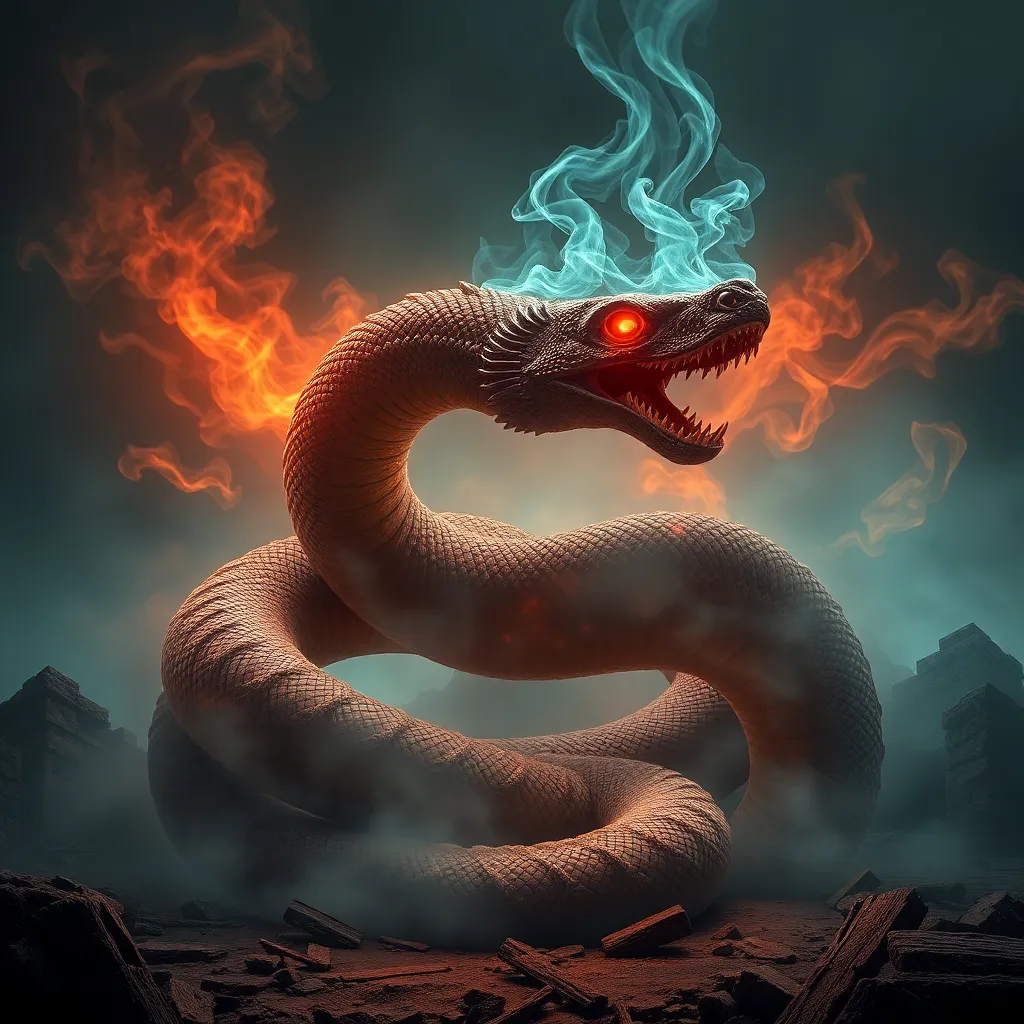The Spirit Realm of the Inca: Exploring Andean Ghosts and Legends
I. Introduction
The Inca civilization, one of the most significant and advanced cultures in pre-Columbian America, thrived in the Andean region from the early 15th century until the Spanish conquest in the 16th century. Known for their remarkable architectural achievements, agricultural innovations, and intricate social structures, the Incas left a profound legacy that continues to influence Andean culture today.
Central to Incan beliefs is the concept of the spirit realm, a rich tapestry of myth and tradition that reflects the civilization’s understanding of life, death, and the afterlife. This realm is populated by spirits of ancestors, nature, and the deceased, all of which play vital roles in the everyday lives of Andean communities.
This article aims to explore the fascinating world of Incan ghosts and legends, delving into their cultural meanings and significance in both ancient and contemporary Andean society.
II. The Inca Cosmology
Incan cosmology is structured around three main realms: Hanan Pacha (the upper world), Kay Pacha (the world of the living), and Ukhu Pacha (the underworld). Each of these realms serves a distinct purpose in the understanding of existence and the afterlife.
- Hanan Pacha: This upper world is associated with the heavens and the gods, where supreme deities such as Inti (the sun god) reside.
- Kay Pacha: The realm of the living, where humans interact with nature and the environment. It is the world we inhabit daily.
- Ukhu Pacha: The underworld, often viewed as a place of fertility and rebirth, housing the spirits of ancestors and the earth’s hidden treasures.
Spirits, or “apus,” are integral to Inca life, guiding and influencing daily activities and rituals. Ancestors, in particular, hold a significant place in Incan beliefs, as they are thought to watch over their descendants and provide protection and guidance from the spirit realm.
III. Ghosts in Andean Culture
Andean ghosts, known as “warmikuna” (female ghosts) and “waki” (male ghosts), are believed to be the spirits of the deceased who have not transitioned peacefully to the afterlife. These entities are characterized by their deep connection to the living and their roles as protectors or avengers.
Common themes in ghostly encounters often include:
- Warnings about impending danger or misfortune.
- Messages from the deceased to their living relatives.
- Revenge for wrongdoings committed against them during their lives.
Ghost stories serve various purposes in Andean culture; they are a means of community bonding, moral instruction, and cultural transmission. Through these narratives, communities reinforce social values and convey cautionary lessons to younger generations.
IV. Prominent Andean Legends and Myths
The Andes are home to numerous legends that encapsulate the rich cultural heritage of the Inca civilization. Two prominent tales are particularly noteworthy:
1. The Legend of the Seven Golden Cities
This legend tells of a series of cities overflowing with gold and treasure, said to be hidden in the mountains. This myth reflects the Incan values of wealth, power, and the eternal quest for prosperity.
2. The Tale of the Inca Princess and the Condor
This story recounts the journey of a princess who transforms into a condor to escape a dire fate. It symbolizes freedom, resilience, and the deep connection between humans and nature.
Both legends highlight the Incan belief in the spirit realm, showcasing how these narratives embody the civilization’s values and their understanding of life beyond death.
V. Rituals and Practices Related to the Spirit Realm
The Inca people engaged in various rituals to honor their ancestors and connect with the spirit realm. These practices included:
- Traditional rituals: Ceremonies designed to appease the spirits and seek their favor.
- Offerings and altars: Sacred sites adorned with food, flowers, and other items to honor the deceased.
- Role of shamans: Spiritual leaders who acted as intermediaries between the living and the dead, providing guidance and performing rituals.
These practices reflect a deep respect for the ancestors and the belief that their spirits continue to influence the living world.
VI. Modern Interpretations of Incan Spirits
Today, the perception of Incan ghosts and legends has evolved, particularly due to the influence of tourism. Many visitors seek to understand the mystical aspects of Andean culture, which has led to a resurgence of interest in these traditional beliefs.
Contemporary Andean communities are actively preserving and adapting their cultural practices, ensuring that the stories of their ancestors remain alive. However, globalization poses challenges, as traditional ghost stories may be altered or commercialized to cater to a broader audience.
VII. Case Studies of Ghostly Encounters
Anecdotal accounts of ghost sightings abound in the Andean regions, often tied to specific locations known for their haunting legends. Notable sites include:
- Lake Titicaca: Believed to be a gateway to the spirit world, many have reported ghostly encounters here.
- The ruins of Machu Picchu: Visitors and locals alike have shared stories of apparitions and strange occurrences within these ancient walls.
These encounters can be analyzed both psychologically and culturally, revealing the deep-seated beliefs and fears that shape Andean identities.
VIII. Conclusion
In summary, the exploration of Incan ghosts and legends reveals a rich cultural tapestry that underscores the significance of the spirit realm in Andean society. The enduring legacy of these beliefs continues to shape modern Andean culture, providing insight into the values and traditions that have persisted through centuries.
As we reflect on the importance of preserving these rich traditions, it becomes clear that understanding the spiritual narratives of the Inca not only honors their memory but also enriches our comprehension of human existence and the connections we share with those who came before us.




